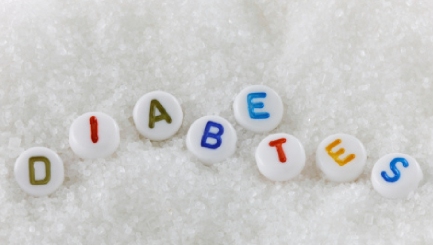
Sweeteners
High fructose corn syrup (HFCS) is used globally during food processing, although some nations eat more of it than others. It’s usually added to food to give it a sweeter flavour, but it also has the advantage that it browns well, giving some foods a deep colour. The substance has more fructose sugar than the kind of sugar we may use daily to sweeten drinks or add to food when we’re cooking. The researchers looked at the use of HFCS in 42 countries, while also examining incidences of type 2 diabetes. They found that in countries with a higher level of HFCS use there was an eight per cent rate of the condition, but this was 6.7 per cent in places where less sweetener was used.
Who’s at risk?
Type 2 diabetes has sometimes been blamed on our lifestyles, and one way we can protect our wellness from the disease is to eat a healthy diet and exercise regularly. We can get the condition when our bodies don’t process the insulin in our bodies properly or if our pancreas stops making the hormone. As insulin helps moderate our sugar levels, blood glucose can soar if we don’t control it with our diet or via insulin we’re prescribed. The country in the study that ate more of the syrup and had a higher incidence of type 2 diabetes was the US with each person eating about 25 kg a year of the sweetener. In the UK and several other countries we eat a much lower amount at 0.5 kg. We can avoid eating the food additive by checking food labels, especially those on biscuits and ice cream packaging. If we’re worried we’re showing signs of diabetes, like excessive thirst and weight-loss then we can visit our GPs for advice.
